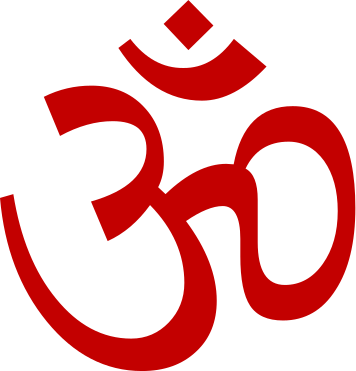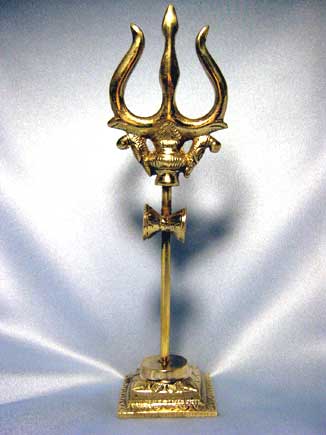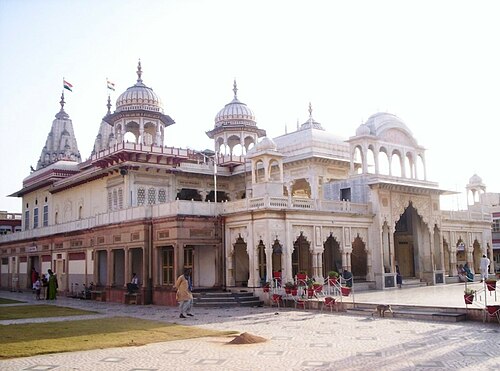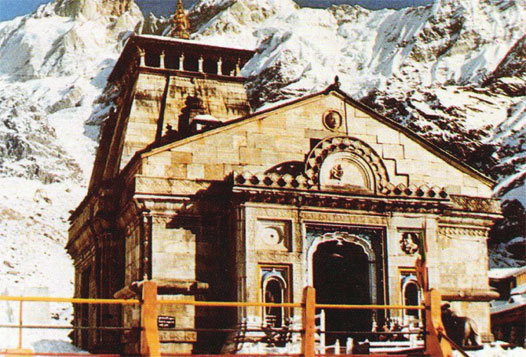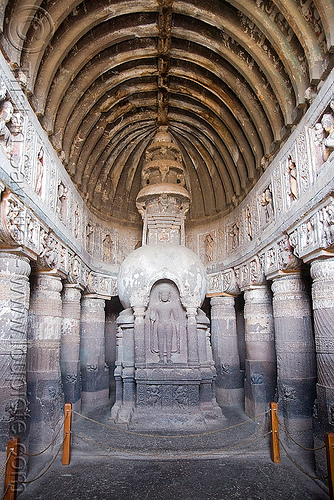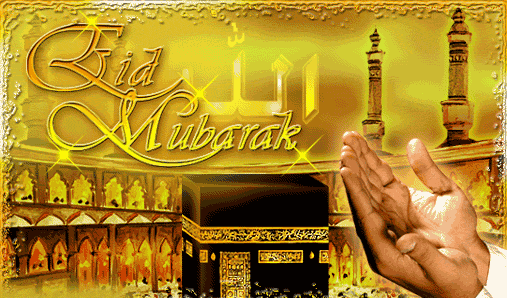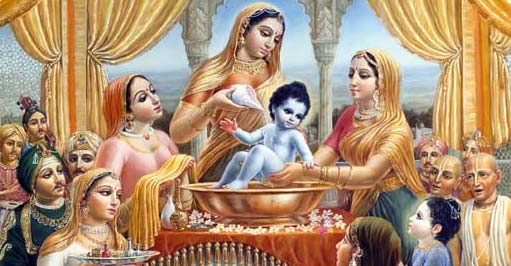

The term culture refers to a state of intellectual development or manners. The social and political forces that influence the growth of a human being is defined as culture.
Indian culture is rich and diverse and as a result unique in its very own way. Our manners, way of communicating with one another, etc are one of the important components of our culture. Even though we have accepted modern means of living, improved our lifestyle, our values and beliefs still remain unchanged. A person can change his way of clothing, way of eating and living but the rich values in a person always remains unchanged because they are deeply rooted within our hearts, mind, body and soul which we receive from our culture.
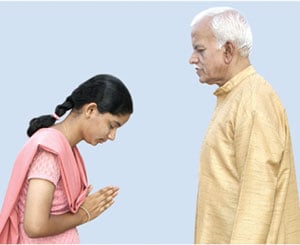
Indian culture treats guests as god and serves them and takes care of them as if they are a part and parcel of the family itself. Even though we don’t have anything to eat, the guests are never left hungry and are always looked after by the members of the family. Elders and the respect for elders is a major component in Indian culture. Elders are the driving force for any family and hence the love and respect for elders comes from within and is not artificial. An individual takes blessings from his elders by touching their feet. Elders drill and pass on the Indian culture within us as we grow.

“Respect one another” is another lesson that is taught from the books of Indian culture. All people are alike and respecting one another is ones duty. In foreign countries the relation between the boss and the employee is like a master and slave and is purely monetary whereas in Indian culture the relation between the boss and the employee is more like homely relations unlike foreign countries.
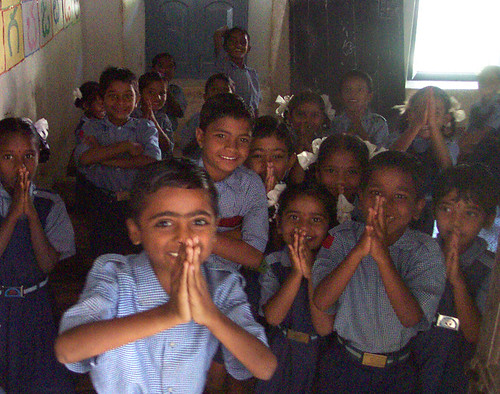
Helpful nature is another striking feature in our Indian culture. Right from our early days of childhood we are taught to help one another in need of help and distress. If not monetary then at least in kind or non-monetary ways. Indian culture tells us to multiply and distribute joy and happiness and share sadness and pain. It tells us that by all this we can develop co-operation and better living amongst ourselves and subsequently make this world a better place to live in.





